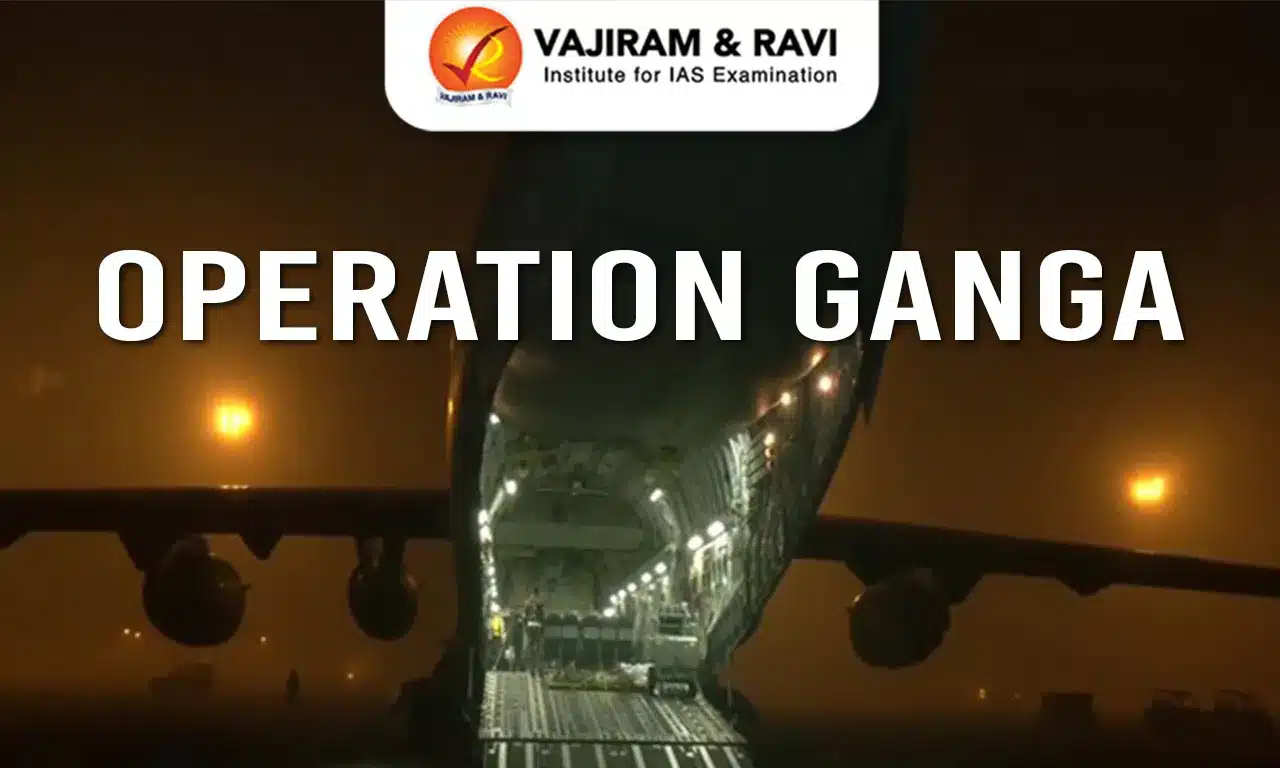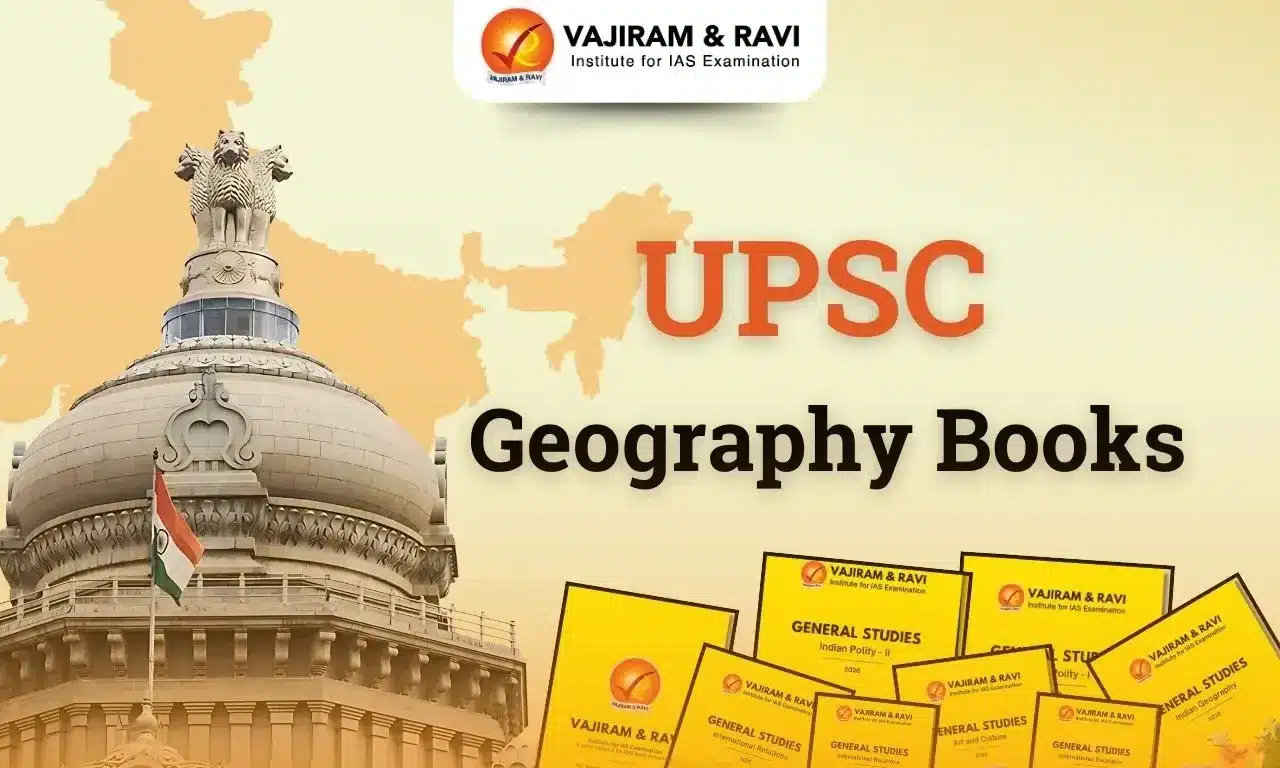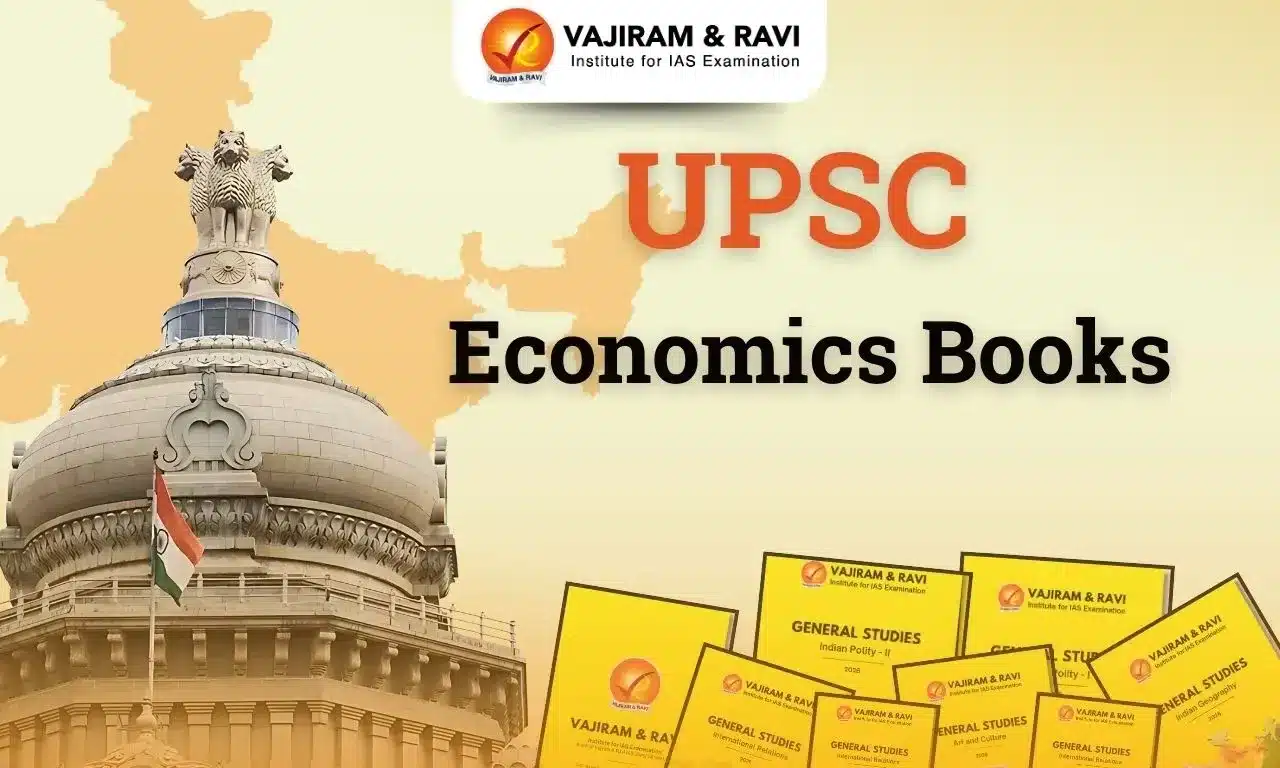Operation Ganga: In February 2022, Russia launched a large-scale invasion of Ukraine, escalating a conflict that began in 2014. Within days, India’s Ministry of External Affairs (MEA) initiated Operation Ganga, a special evacuation mission to rescue Indian nationals trapped by the Ukraine. Officially launched on February 26, 2022, the operation aimed to secure the safe return of all Indians in Ukraine. High-level objectives included issuing travel advisories, coordinating with neighboring countries, and deploying both civilian and military resources.
Also Read: Operation Sindoor
Operation Ganga
Even though India does not have a formal rescue policy, it has carried out over 20 evacuation missions in the past two decades. Operations like Ajay, Sankat Mochan, and Raahat are just a few examples. These efforts were not limited to war zones like Ukraine, Sudan, and Afghanistan, but also included help during natural disasters like the Nepal earthquake in 2015.
Key Role of the Government: The Ministry of External Affairs (MEA) leads these missions and works closely with the Ministries of Civil Aviation, Defence, and Finance to arrange transport, military help, and funds.
What are NEOs?
Non-Combatant Evacuation Operations (NEOs) are special missions to safely bring back Indian citizens—and sometimes people from friendly countries—from dangerous or conflict-hit regions.
Also Read: S-400 Defence System
Operation Ganga Background
During the First Gulf War (August 2, 1990 – February 27, 1991), India carried out its biggest civilian airlift, bringing back over 1.5 lakh Indians from Kuwait. It was a historic achievement in evacuation efforts. Since then, India has carried out more than 30 evacuation missions in different parts of Africa, Asia, and Europe. While India has strong experience in handling such situations, its growing global presence and the increasing challenges of rescue missions make successful evacuations more important than ever before.
Operation Ganga Key Highlights
- Prime Minister Modi dispatched a task force of four Union Ministers, Hardeep Singh Puri, Jyotiraditya Scindia, Kiren Rijiju and General V.K. Singh, to four key neighbouring states (Hungary, Romania, Slovakia, Poland) to communicate with local authorities.
- At headquarters, the MEA organized a “war room” of roughly 100 officials (including over 50 Russian-speaking officers) working 24×7 to monitor the situation.
- Indian student volunteers (called “student contractors”) and embassy staff played a vital role. They booked train and bus tickets, contacted local volunteers, and even reserved seats on packed trains out of Ukraine.
- The first evacuation flight departed Bucharest (Romania) on Feb 26 and landed in Mumbai on Feb 27 with 249 Indians.
- In the next few days, multiple sorties carried students out of harm’s way. By March 1, about 2,000 had been flown home, and the pace then accelerated dramatically.
- On March 6, alone 15 evacuation flights landed with roughly 2,900 people Civilian carriers (Air India, IndiGo, SpiceJet, Air India Express, Vistara, Go First, AirAsia India, etc.).
- The final holdouts were in Sumy (northeast Ukraine). On March 10, roughly 600 Indians trapped in Sumy were transported by 13 buses to the Polish border at Rzeszow.
- On March 11, three final flights brought these evacuees to India, completing Operation Ganga
Operation Ganga Result
- Operation Ganga successfully brought almost all Indians to safety. Government figures state that 18,282 Indian nationals (mainly students) were evacuated by late March 2022 via 90 flights.
- In parliamentary remarks on March 15, EAM Jaishankar reported that by then about 22,500 Indians were back home. The effort also rescued about 150 foreign citizens, exemplifying India’s “Vasudhaiva Kutumbakam”.
- The operation demonstrated India’s logistical capability and the strength of its diplomatic ties (neighboring countries openly cooperated).
- Numerous evacuees and public figures publicly thanked the government and volunteers.
- For many students and families, Operation Ganga avoided the tragedy and allowed them to resume their lives safely in India.
Indian Community Welfare Fund
The Indian Community Welfare Fund (ICWF) was launched by the Government of India in 2009 across all Indian Missions and Consulates worldwide to support overseas Indian citizens facing emergencies. It is primarily aimed at assisting distressed Indian workers, especially those employed in the domestic and unskilled sectors.
The fund provides crucial support such as boarding and lodging, emergency medical assistance, initial legal aid, and air passage for Indians stranded abroad. As of October 2021, approximately ₹44 crore had been spent on various welfare activities. Since 2014, over ₹447 crore has been used to help more than 2.61 lakh Indians in need. As of September 2021, the fund had a balance of around ₹474 crore, reflecting its continued capacity to support Indians in crisis situations abroad.
Operation Ganga Challenges
India has managed several large-scale evacuation efforts without a formal policy or structured emergency plan in place. These missions have often depended on the commitment and quick action of diplomats, airline staff, and military personnel.
While their efforts have been commendable, the increasing number of Indians living and travelling abroad, over 11 million residents and nearly 20 million annual travellers, makes it clear that relying on improvised responses is no longer practical. To handle future crises better, there’s a growing need for a well-defined evacuation strategy.
Last updated on November, 2025
→ Check out the latest UPSC Syllabus 2026 here.
→ Join Vajiram & Ravi’s Interview Guidance Programme for expert help to crack your final UPSC stage.
→ UPSC Mains Result 2025 is now out.
→ UPSC Notification 2026 is scheduled to be released on January 14, 2026.
→ UPSC Calendar 2026 is released on 15th May, 2025.
→ The UPSC Vacancy 2025 were released 1129, out of which 979 were for UPSC CSE and remaining 150 are for UPSC IFoS.
→ UPSC Prelims 2026 will be conducted on 24th May, 2026 & UPSC Mains 2026 will be conducted on 21st August 2026.
→ The UPSC Selection Process is of 3 stages-Prelims, Mains and Interview.
→ UPSC Result 2024 is released with latest UPSC Marksheet 2024. Check Now!
→ UPSC Prelims Result 2025 is out now for the CSE held on 25 May 2025.
→ UPSC Toppers List 2024 is released now. Shakti Dubey is UPSC AIR 1 2024 Topper.
→ UPSC Prelims Question Paper 2025 and Unofficial Prelims Answer Key 2025 are available now.
→ UPSC Mains Question Paper 2025 is out for Essay, GS 1, 2, 3 & GS 4.
→ UPSC Mains Indian Language Question Paper 2025 is now out.
→ UPSC Mains Optional Question Paper 2025 is now out.
→ Also check Best IAS Coaching in Delhi
Operation Ganga FAQs
Q1. What happened in Operation Ganga?+
Q2. Which operation was launched to rescue Indians from Ukraine?+
Q3. What is the operation to bring back Indian from Afghanistan?+
Q4. What is the name of the operation for Ukraine support?+
Q5. Who was the minister of Operation Ganga?+

















